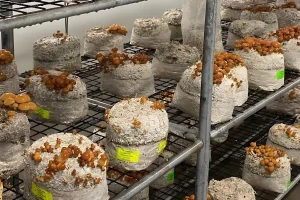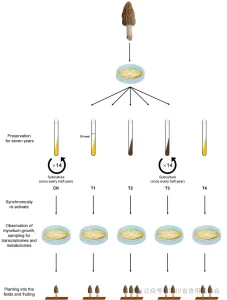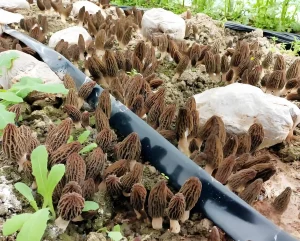In February 22, 2022, lululemon, which sparked extensive discussions with its down jackets during the Winter Olympics, launched the “2 – in – 1 Yoga Mat Storage Bag & Meditation Cushion” and “Barrel Duffle Bag” that incorporate the “mushroom leather” Mylo, and released them in limited quantities.
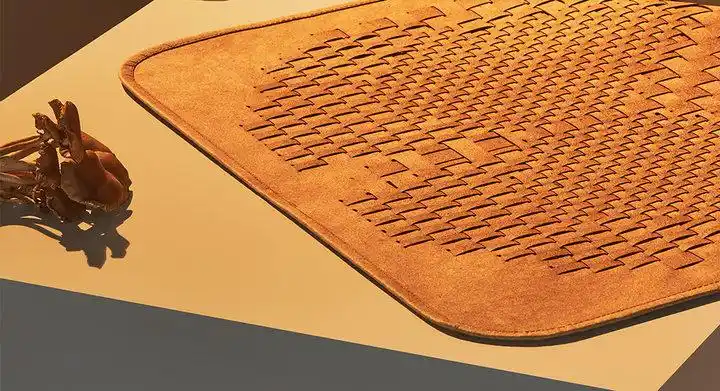
On the path of pursuing environmental protection and innovation, Drmushroom Company has always been at the forefront. We focus on the research, development, and application of mushroom – based materials, aiming to provide more sustainable material options for various industries. Just as lululemon boldly adopts the innovative Mylo material, Drmushroom is constantly exploring the infinite possibilities of mushroom – based materials in different fields. A series of mushroom – based materials developed by us not only have excellent environmental performance but also perform outstandingly in texture and functionality. They have currently made a splash in multiple fields such as packaging and home decor, injecting new vitality into the sustainable development of the industry.
Hands – on Experience: A Versatile Bag with Three Functions
When this product was presented, its design was eye – catching. Expecting a common long – tube – shaped yoga mat storage bag, I was surprised to find that when unfolded, it was a large circular piece of fabric with woven handles, which is its form as a “meditation cushion”. When storing a yoga mat, it’s very convenient. You can fold the storage bag in half into a semi – circle using the woven handles and use it as a handbag. You can also roll it into an axial shape along the yoga mat with the help of the buckles on the handles and carry it on your back. For those who don’t often carry a yoga mat out, the “meditation cushion” function is particularly practical. When going to places like botanical gardens, it’s easy to carry. The small side pocket can hold small items like mobile phones, and it can be taken out as a cushion for a rest whenever needed.
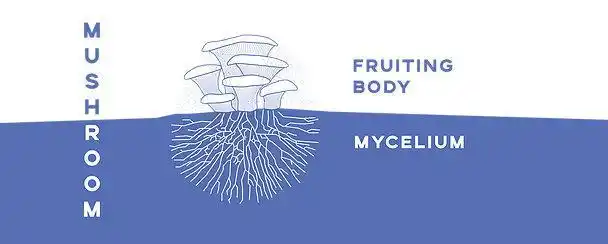
The “Mushroom Leather” Closest to Us
In recent years, “mushroom leather” has emerged as a remarkable alternative to traditional leather in the fashion industry. The new material represented by Mylo mainly uses mycelium, which is similar to the root part of a mushroom, as its raw material. In the laboratory, researchers carefully simulate the temperature and humidity of the forest soil environment and cultivate mycelium with sawdust and organic materials. After the mycelium fills the container like foam, it is processed and dyed to make a material similar to leather. Lululemon cleverly applies the Mylo material to the handles and straps of its new bags, which not only conforms to the brand’s “science of touch” concept but also reasonably controls the material usage, enabling this new material to be applied to more mass – produced products. It’s worth mentioning that lululemon also created a concept yoga mat made entirely of Mylo material. However, due to the difficulties in mass production and cost factors, it has not been put into large – scale production yet. Currently, most products using “mushroom leather” are in the concept stage. Brands like lululemon create concept products to closely collaborate with material suppliers and continuously explore the application boundaries of the material. Adidas and Stella McCartney have also experimented with products using Mylo material. Lululemon places Mylo on the parts that come into most contact with hands and creates different textures through weaving, providing consumers with an opportunity to experience the new material. At present, these two products using Mylo material are on sale in limited quantities at lululemon’s Sanlitun store in Beijing and Xintiandi store in Shanghai.
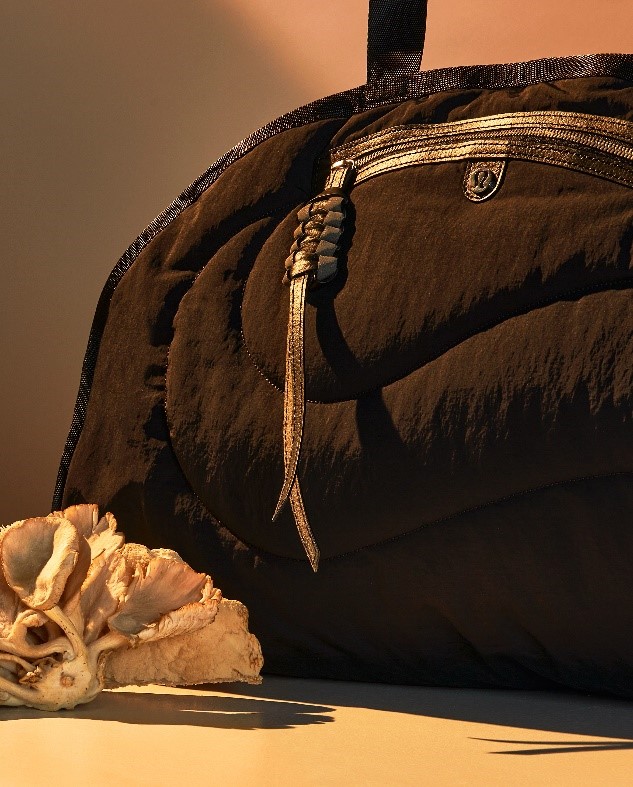
More Than Just “Vegan Leather”: Biodesign Holds Greater Potential
From 2020 to 2022, the “mushroom leather” has evolved from being little – known to having mass – produced products available for experience. This change vividly reflects the growing attention paid to the sustainable development issue. Many large companies have formulated sustainable development strategies, and biotech material companies have received substantial funding, enabling them to develop rapidly. Industry giants such as lululemon and Adidas have jointly established the “Mylo Consortium” to fully promote the mass production and widespread application of the new Mylo material. The footwear brand Allbirds has also opened – sourced its sugarcane – based sole material, SweetFoam, to support the development of the entire industry. At the same time, various new materials such as “pineapple fiber leather”, “cactus leather”, and “coffee grounds leather” have emerged. However, the sustainability of these new materials has also sparked discussions. Some alternative materials made from plants still incorporate plastics during the manufacturing process, which can still cause pollution. Nowadays, brands are paying more and more attention to the recyclability of materials. Biodesign encourages us to view products from a broader perspective. In the field of architecture, the application of biodesign has brought new changes. Materials made from reeds and cattails can not only increase farmers’ income but also help restore the damaged ecological environment. Ecovative Design, which focuses on packaging materials, advocates a “local” approach. Depending on the region’s resources, materials such as rice husks, cottonseed hulls, buckwheat husks, or oat husks can be selected to grow fungi, achieving local manufacturing. Natsai Audrey Chieza, who has been deeply engaged in biodesign for many years, pointed out that the significance of biodesign lies in promoting system change. Its more comprehensive considerations can find more practical and “locally – adapted” directions for sustainable development.
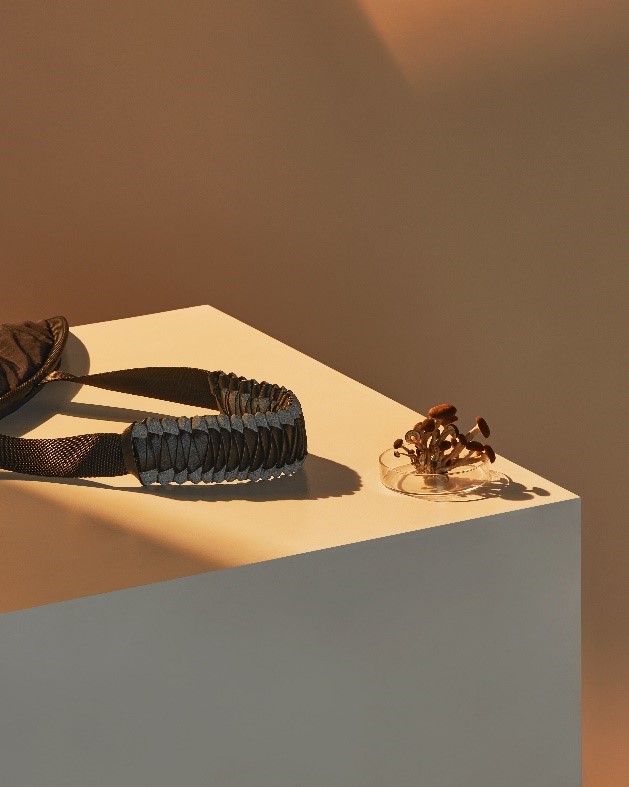
More:
- 2025: The Year Agriculture Enters the AI Era – A New Wave of Transformation on the Horizon IAgricultural AI Revolution
- Algarikon Zero Project: How a Spanish Firm Transforms Invasive Algae for Edible Mushroom Cultivation
- 🔍 Research Uncovers Key Mechanisms of Morel Strain Degradation
- Spain: Edible Mushrooms Found to Alleviate the “Salty” Dilemma of the Meat Industry
- Yunnan’s Morel Mushroom Industry: Current Status and Prospects
